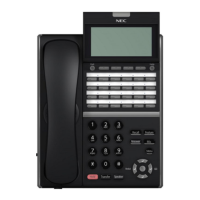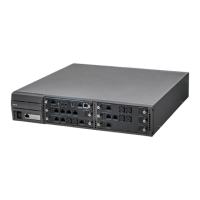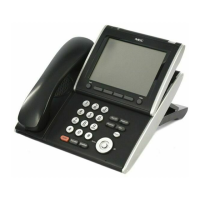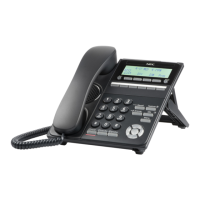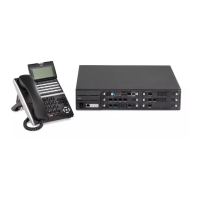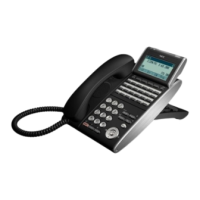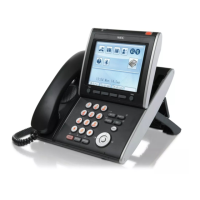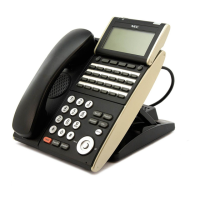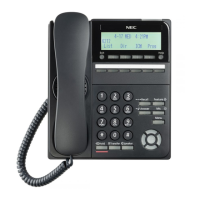UNIVERGE IP Phone DT830G(DG)/DT830 USER'S GUIDE
Before using this product and document, please read the following document carefully.
Also, please keep this document to the place where you can see any time.
• UNIVERGE SV9300/SV9500 Safety Precautions and Regulatory Notices
for DT800/DT400 Series (GVT-034084-001)
The latest version of document can be downloaded from the following URL
https://mind.bcom.nec.co.jp/customernet/safety-info/table_t.html
UNIVERGE IP Phone DT830G(DG)/DT830
USER’S GUIDE
Issue 5.1
SEPTEMBER, 2019





